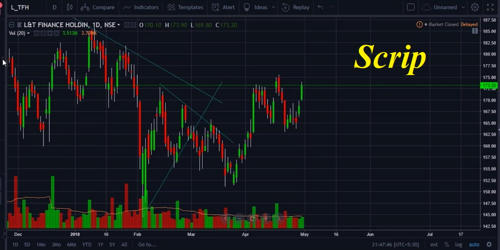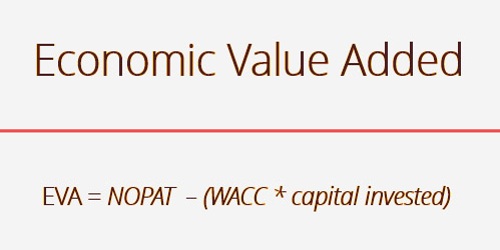The concept of Reverse Stock Splits
When a company completes a reverse stock split, each outstanding share of the company is converted into a fraction of a share. The company may want to reduce the number of share outstanding if its share price falls substantially. The number of shares is reduced by a reverse stock split. It is a type of corporate action in which a company reduces the total number of its outstanding shares in the open market. The reduction of the number of outstanding shares increases both the par value per share and market price per share. The reverse stock split also increases earning per share and dividend per share. It is just the opposite of stock splits. It occurs when a company decides to reduce the number of its shares that are publicly traded.
Example,
Suppose, the total shareholder’s account of a firm is as follows:
A. Common stock (10,000 Shares @ $ 10)…………………….= $ 100,000
B. Additional paid-in capital……………………………………………= $ 100,000
C. Retained earnings……………………………………………………..= $ 300000
Total shareholder’s equity…………………………………………….= $ 500,000
A reverse stock split involves the company dividing its existing total quantity of shares by a number such as 5 or 10, which would then be called a 1-for-5 or 1-for-10 reverse split, respectively. Now let us assume that the firm announced 2-for-5 reverse stock split, which results into a decrease in a number of outstanding shares from 10,000 shares to 4,000 shares (i.e. 10,000 shares x 2/5) and increase in the par value from $10 per share to $ 25 per share ( i.e. $10 x 5/2). This keeps the value of common stock constant at $ 100,000 ( i.e. 4,000 x $25). Thus, total shareholder’s equity account of the firm after 2-for-5 reverse stock splits appear as:
A. Common stock (4,000 shares @ $25 each)…………………..= $ 100,000
B. Additional paid-in capital ……………………………………………..= $ 100,000
C. Retained earnings ……………………………………………………….= $ 300,000
Total shareholder’s equity (A+B+C)………………………………..= $ 500,000.
A stock split is a process whereby a company increases the number of company stock shares that are available and decreases the price per share by splitting the current shares into multiple pieces rather than by issuing more new stock. Reverse stock splits are rare in today’s stock market in part because of their controversial nature.
Information Source:
















